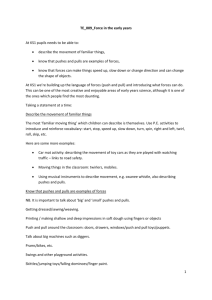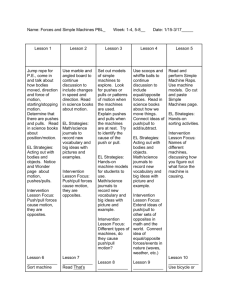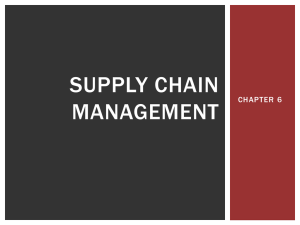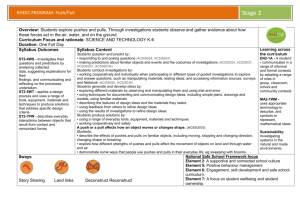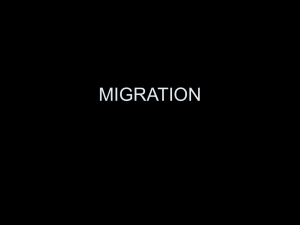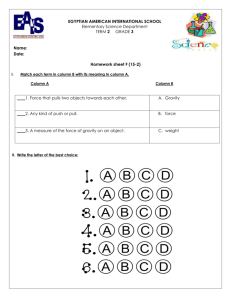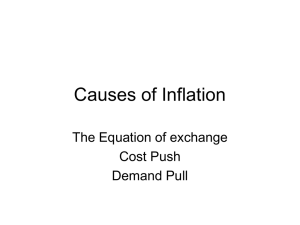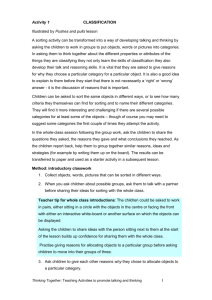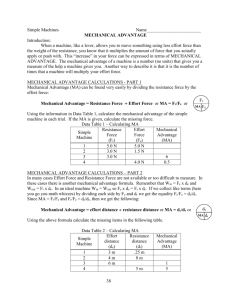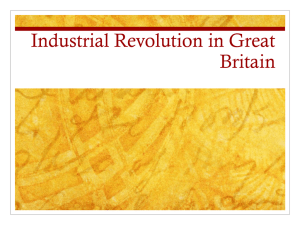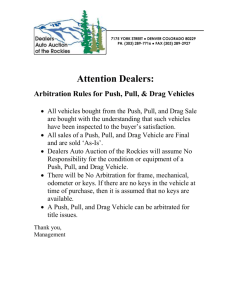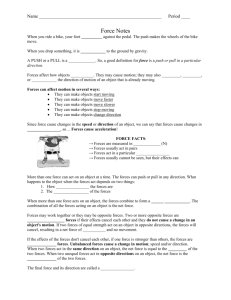Stage 1: Energy (Physical Phenomena)
advertisement
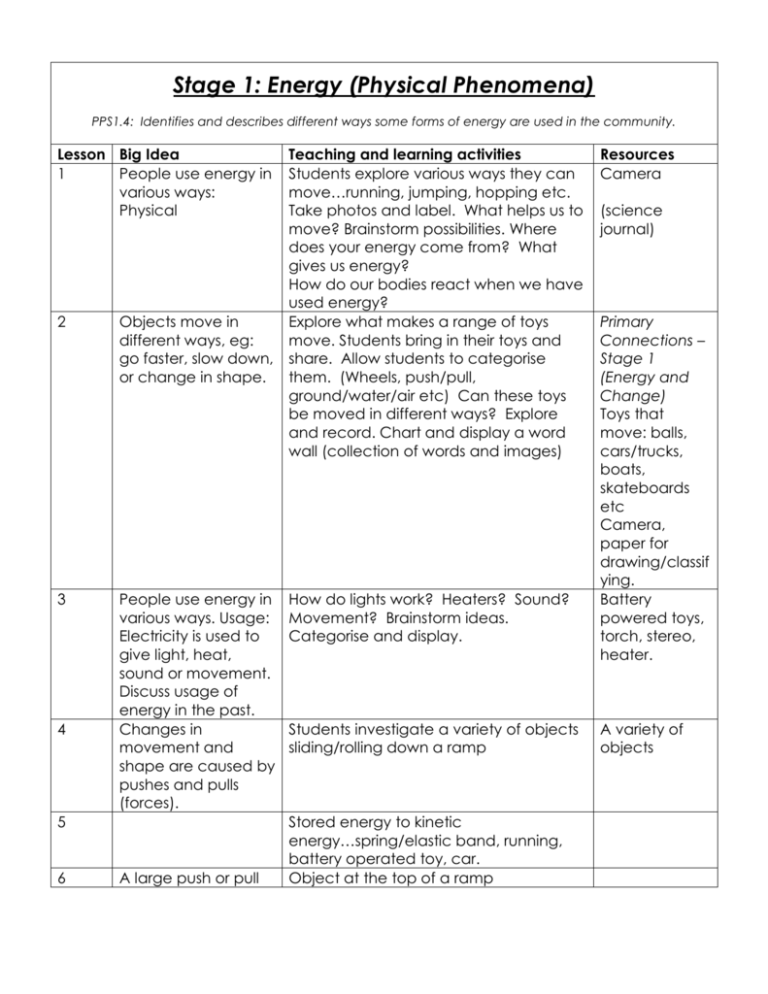
Stage 1: Energy (Physical Phenomena) PPS1.4: Identifies and describes different ways some forms of energy are used in the community. Lesson Big Idea 1 People use energy in various ways: Physical 2 Objects move in different ways, eg: go faster, slow down, or change in shape. 3 People use energy in various ways. Usage: Electricity is used to give light, heat, sound or movement. Discuss usage of energy in the past. Changes in movement and shape are caused by pushes and pulls (forces). 4 5 6 A large push or pull Teaching and learning activities Students explore various ways they can move…running, jumping, hopping etc. Take photos and label. What helps us to move? Brainstorm possibilities. Where does your energy come from? What gives us energy? How do our bodies react when we have used energy? Explore what makes a range of toys move. Students bring in their toys and share. Allow students to categorise them. (Wheels, push/pull, ground/water/air etc) Can these toys be moved in different ways? Explore and record. Chart and display a word wall (collection of words and images) How do lights work? Heaters? Sound? Movement? Brainstorm ideas. Categorise and display. Students investigate a variety of objects sliding/rolling down a ramp Stored energy to kinetic energy…spring/elastic band, running, battery operated toy, car. Object at the top of a ramp Resources Camera (science journal) Primary Connections – Stage 1 (Energy and Change) Toys that move: balls, cars/trucks, boats, skateboards etc Camera, paper for drawing/classif ying. Battery powered toys, torch, stereo, heater. A variety of objects 7 8 9 10 will make an object move further or faster than will a small push or pull. Gravity pulls down on objects and water pushes up on objects in water. Floating on air : air is a substance that takes up space and pushes up against falling objects. Push meets pull…explore understanding of push, pull, floating, sinking Pulling it all together: *identifying push/pull forces in different situations *air and water push against objects *gravity has a pulling force (mechanical energy). Where does its energy come from? Discuss experiences with water Push air-filled objects (balls) under water to experience the push of water Feel the difference between a heavy object being suspended in air and then in water Create a labelled force-arrow diagram to indicate push or pull forces. Bucket/ Container Clear plastic tub Clear cup Heavy object with string attached Where can air be found? Place a glass containing a tissue upside down in a container of water Observe and record the differences in the fall of a crumpled sheet of paper and a flat sheet Reflect on their observations and experiences of pushes and pulls Discuss the terms force and gravity Complete Fantastic forces (Helicopter test flights) Review unit using the science journal, word wall and Making things move class table. Repeat ‘push/pull’ assessment task (resource sheet 1) Reflect on their learning Objects that float (eg empty plastic bottle) Paper (2) tissue Resource sheet 5 (making helicopters) Science journal Resource sheet 1 + blank
